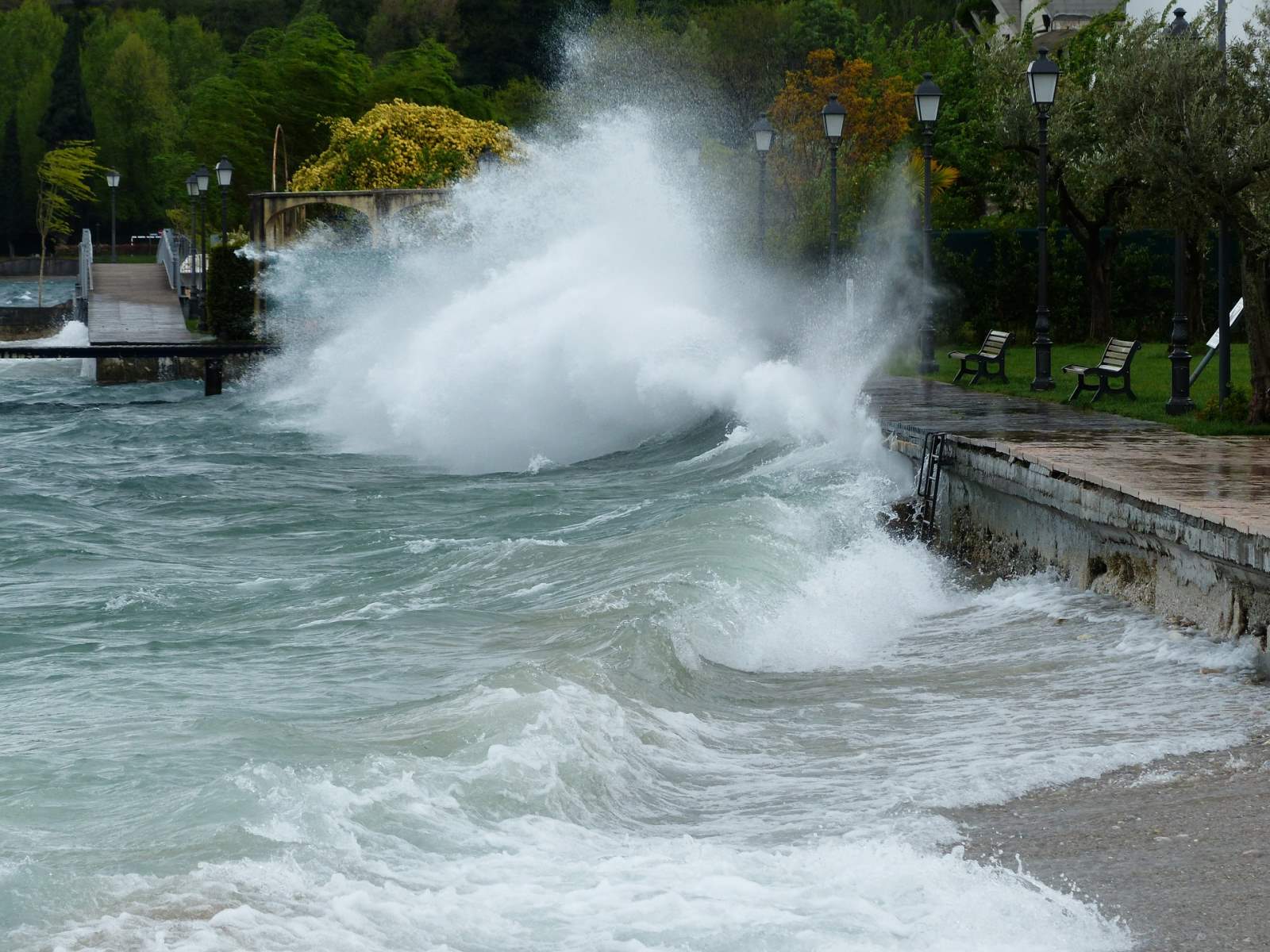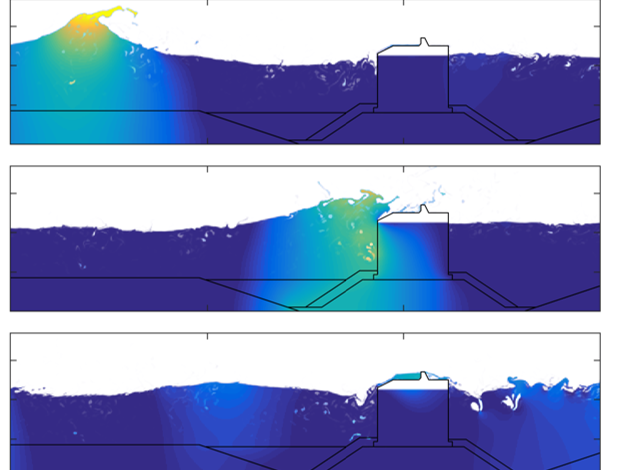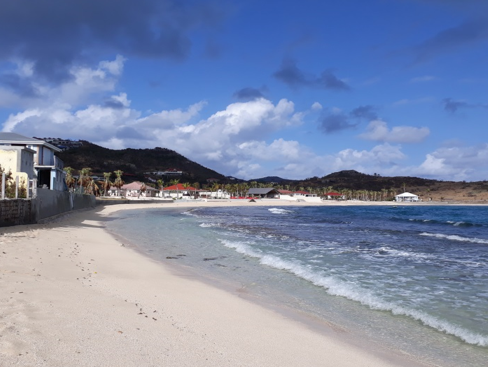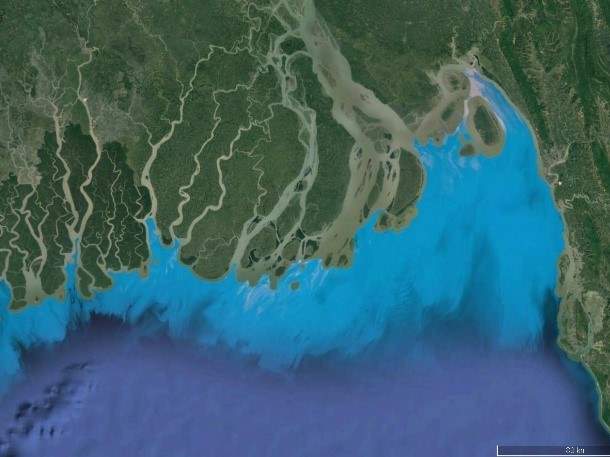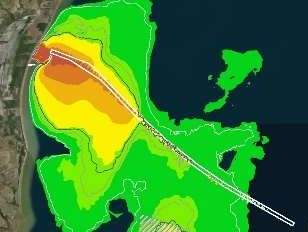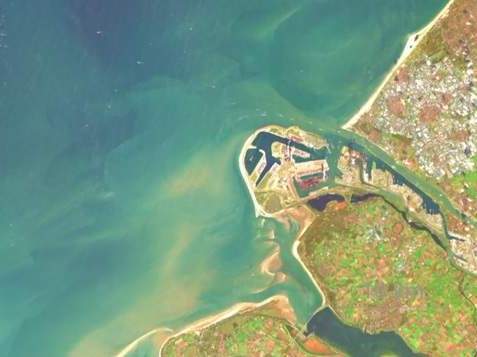Infrastructure design
Ports are indispensable for the economic development of a country. Good design and maintenance of the breakwaters, navigation channel and port basin are important to guarantee that ports can be used under all conditions. This requires a thorough understanding of the hydraulic design conditions, such as extreme waves and currents and their statistics. In some parts of the world, cyclone-events are most important for the design conditions. Other important aspects are sedimentation and maintenance dredging in the port basin and navigation channel.
Besides ports also other valuable assets are often located close to the shore. Examples are hotels, industrial and residential areas or infrastructure. For the management of these assets similar insights as for ports are often required for design and maintenance purposes.
Our team of Royal HaskoningDHV modelling experts has profound expertise and worldwide experience in determination of hydraulic design conditions, and with dredging and morphological developments around ports or similar assets. We use various advanced numerical models, and statistical analysis methods.
Below several relevant topics for port and asset management are discussed.
Design conditions - Wave modelling
Wave conditions are important for the design of port constructions and other marine structures, such as wind turbines. At HaskoningDHV we have a vast experience in determining operational and extreme wave conditions all over the world. We use statistical methods and state-of-the-art numerical wave models.
Coastal protection solutions at the Maldives
Port expansion design Port Louis, Mauritius
Wave loads on monopiles, Maasvlakte-2
Design conditions - Hydrodynamic modelling
Information about water levels and current velocities is indispensable for the design of ports, waterways and other assets. Not only do the currents and waves determine the forces acting on structures, but currents may cause dangerous situations for navigation and mooring and drive sediment into the port. Considering environmental aspects, currents may disperse dredge plumes and pollutants during construction or operation of ports. Our team of experts has a long track-record on determining hydrodynamic (design) conditions and providing input for real-time navigation studies and (dynamic) mooring analyses.
Design conditions for a new deep-sea port at Anaklia, Georgia
Design conditions for bridge and tunnel construction in Qatar
Port and dry dock development in Ras Duqm, Oman
Design conditions - Wave loads and overtopping
Wave loads and overtopping are two important topics for the design of marine infrastructure. In the design process several methods are used to meet the requirements: design guidelines, numerical models, and physical model tests. Royal HaskoningDHV jointly developed CoastalFOAM, a CFD-based numerical model, a cost effective alternative to physical model testing and way more accurate than any design guideline. With CoastalFOAM we offer detailed numerical wave modelling to define accurate and reliable design optimisations.
Review and optimization of revetment design at Pasay Harbor
Caisson breakwater optimization at Port of Livorno
Design conditions - Cyclone modelling
Each year, cyclones and tropical storms cause enormous economic damage and loss of lives in many places around the world. Maritime infrastructure needs to be designed to withstand the oceanic conditions that occur during cyclonic events. Royal HaskoningDHV has a long track-record in studies related to tropical storms. We analyse historical cyclone tracks and simulate the wind, wave, and currents conditions at the project site.
Hurricane design conditions for hotel infrastructure at Saint Barth
Typhoon design conditions land reclamation design Manila Bay
Surge modelling for flood risk assessment in Miami
Sedimentation issues
Sedimentation is a common challenge in ports and waterways worldwide and leads to dredging to maintain sufficient clearance depth for navigation. Dredging is costly and should be reduced as much as possible. Ports in rivers and estuaries may face an additional challenge: the morphological behaviour of channels and sand bars in the river or estuary. At Royal HaskoningDHV we have a lot of expertise on sedimentation, dredging and morphology. In our projects, we embrace nature-based solutions where possible, and seek for other solutions to reduce dredging.
.docx_FuvahMulah1.jpg)
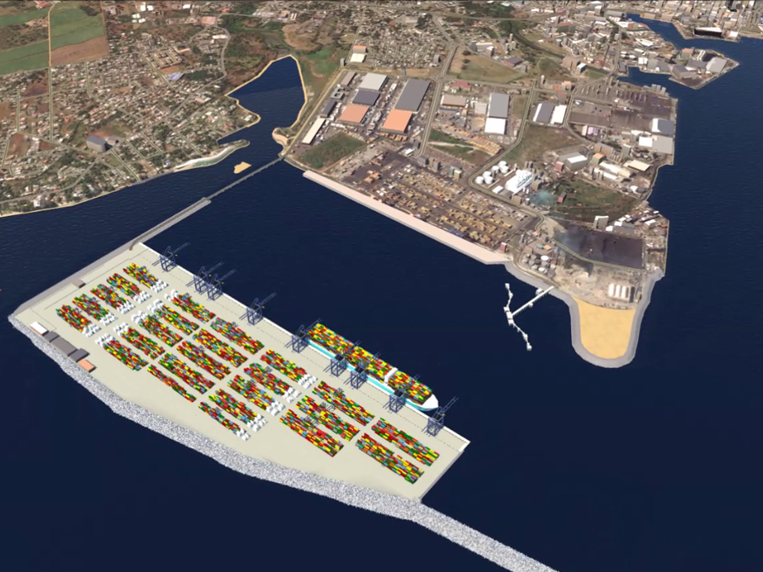
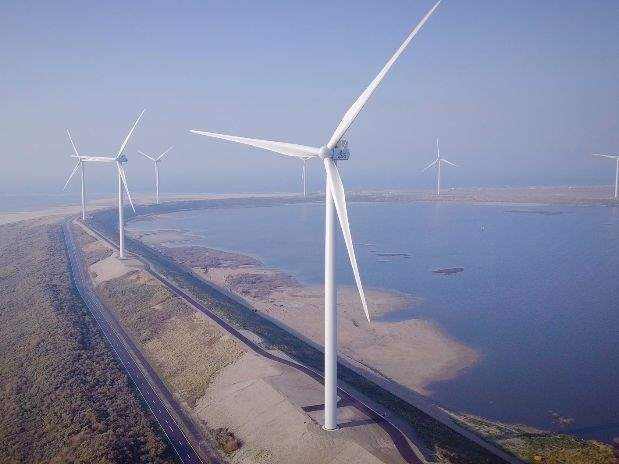
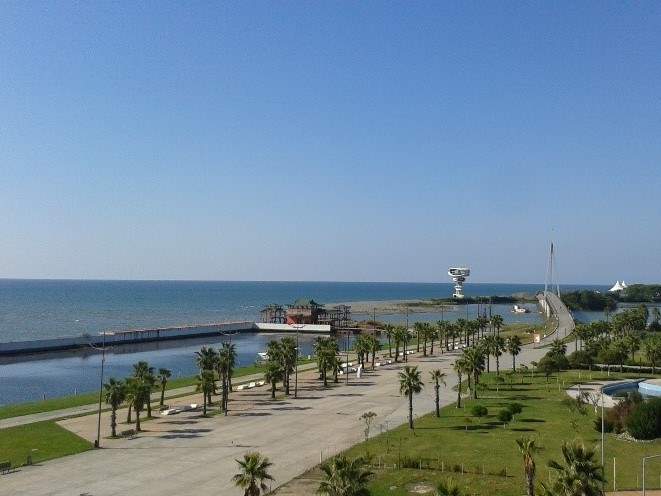

.docx_image13.jpeg)
